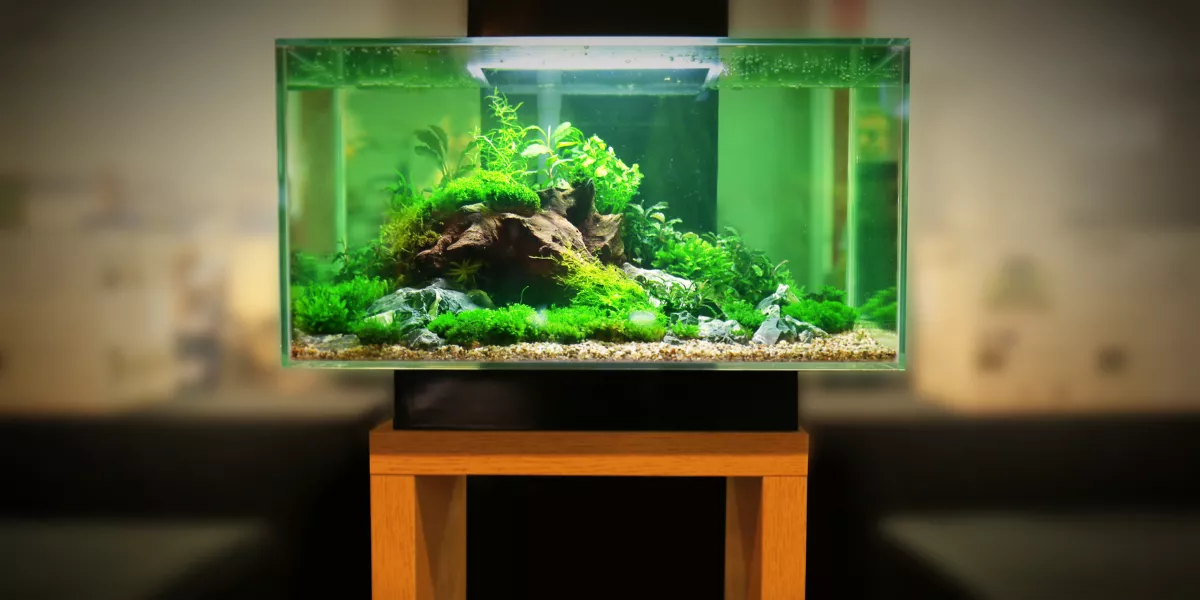
When setting up your freshwater aquarium, remember to consider the tank size based on available space and fish needs. Choose fish that will get along and share similar requirements for water conditions and feeding habits. Maintaining water quality with proper filtration is essential, and don't forget to design your aquascape with your fish's needs in mind. The health and harmony of your aquatic environment depend on these key factors.
Tank Size and Location
When setting up your freshwater aquarium, choose a tank size that accommodates the space available and suits the aquatic life you plan to keep. The size of your tank is crucial for the well-being of your fish. A larger tank provides more stability in water parameters and allows for a wider variety of fish to thrive.
Consider the space where you plan to put the aquarium. Make sure the location can support the weight of the tank, especially if you opt for a larger size. Keep in mind that natural light can encourage algae growth, so it's best to place the tank away from direct sunlight.
Furthermore, the tank size influences the type and number of fish you can keep. Some species require more space to swim and establish territories. Research the specific needs of the fish you want to keep to ensure they'll have enough room to live comfortably. Remember, a well-suited tank size is essential for the health and happiness of your aquatic pets.
Fish Selection and Compatibility
Consider the specific needs and behaviors of different fish species to ensure compatibility in your freshwater aquarium. Before selecting fish for your tank, research their preferred water conditions, feeding habits, and temperaments. Mixing fish that have conflicting requirements can lead to stress, aggression, or health issues. Some species are more social and thrive in groups, while others prefer solitude. It's essential to choose fish that will peacefully coexist in the same tank.
When introducing new fish, monitor their interactions closely. Aggressive behavior, such as chasing or fin nipping, indicates compatibility issues. Certain species may also compete for resources like food or hiding spots. Avoid overcrowding your aquarium, as it can heighten aggression and stress among the fish. Research the adult size of each species to ensure they've enough space to swim comfortably without feeling cramped.
Additionally, consider the long-term compatibility of your chosen fish. Some species may outgrow others or have different lifespans, leading to future compatibility challenges. Planning ahead and selecting fish that will grow harmoniously together can help maintain a balanced and thriving freshwater aquarium community.
Water Quality and Filtration
Maintaining optimal water quality is crucial for the health and well-being of your freshwater aquarium inhabitants. To achieve this, proper filtration is essential. A good filtration system helps to remove waste, debris, and harmful substances from the water, creating a clean and healthy environment for your fish.
When selecting a filtration system for your freshwater aquarium, consider the size of your tank, the number of fish, and the specific needs of the species you're keeping. There are three main types of filtration: mechanical, biological, and chemical. Mechanical filtration removes physical debris, biological filtration breaks down harmful waste substances, and chemical filtration helps to remove impurities from the water.
Regular maintenance of your filtration system is also important. Clean or replace filter media as needed, and monitor water parameters such as ammonia, nitrite, and nitrate levels. Performing regular water changes can also help maintain water quality by diluting pollutants and replenishing essential minerals.
Aquascape and Decoration
To enhance the visual appeal of your freshwater aquarium, carefully plan and execute the aquascape and decoration. The aquascape, which includes the layout of rocks, driftwood, plants, and substrate, plays a crucial role in creating a natural and visually pleasing environment for your fish. When designing your aquascape, consider the needs of your fish species – some may require more hiding spots or open swimming areas. Research different aquascaping styles such as Dutch, Iwagumi, or Nature Aquarium to find inspiration for your tank.
Incorporating live plants into your aquascape not only adds beauty but also contributes to the overall health of your aquarium. Plants provide oxygen, absorb nitrates, and offer shelter for fish. Choose plants that are suitable for your tank size, lighting, and substrate type. Additionally, select decorations like caves, driftwood, or ceramic ornaments to enhance the aesthetic appeal and provide enrichment for your fish.
Conclusion
Overall, setting up a freshwater aquarium requires careful consideration of factors such as:
- Tank size and location
- Fish selection
- Water quality
- Aquascape
By choosing the right tank size and location, selecting compatible fish species, maintaining water quality and filtration, and creating a visually appealing aquascape, you can create a beautiful and thriving underwater ecosystem for your enjoyment.
Remember to do your research and plan carefully to ensure the success of your freshwater aquarium.




